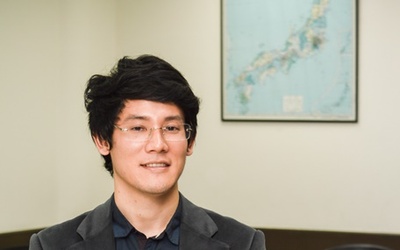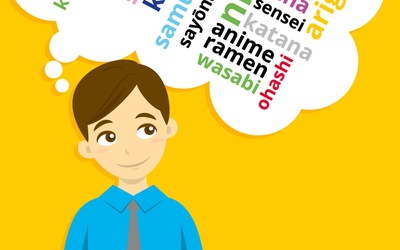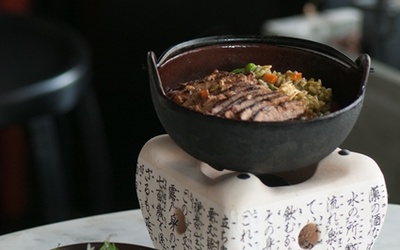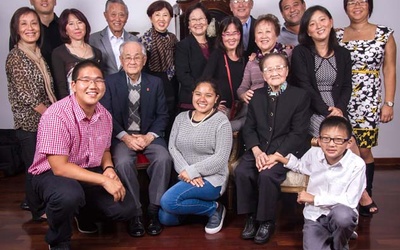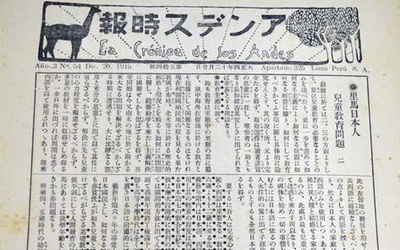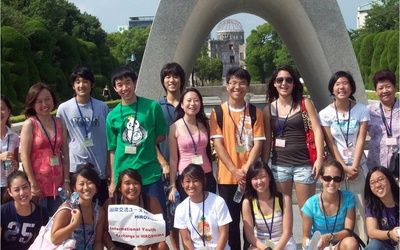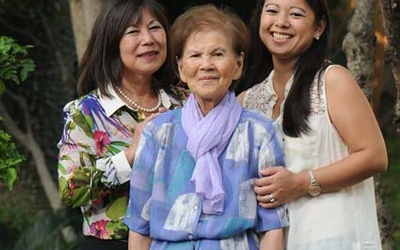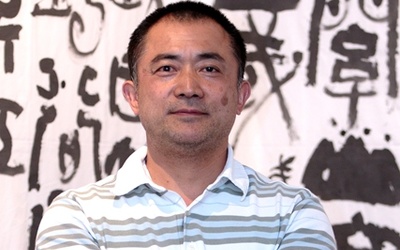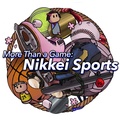
Asociación Peruano Japonesa
@APJThe Japanese Peruvian Association (Asociación Peruano Japonesa, APJ) is a nonprofit organization that brings together and represents Japanese citizens who live in Peru and their descendants, as well as their institutions.
Updated May 2009
Stories from This Author
Boys with a future: Children of dekasegi share their experiences
Nov. 15, 2016 • Enrique Higa Sakuda , Asociación Peruano Japonesa
They were raised and educated in Japan. Their parents took them to Peru after finishing their primary or secondary studies. They are bilingual. They study and work. They like Peru. They are friends, they joke, they laugh, but above all they share the experience of being children of dekasegi. Only they can truly understand what it means to feel lost in Peru and long for Japan, the frustration of wanting to express themselves in Spanish and not finding the right …
The Japanese Language in Peruvian Speech
April 15, 2016 • Javier García Wong-Kit , Asociación Peruano Japonesa
Languages crossed national borders well before globalization and today, in any part of the world, you can hear other languages spoken with both native and foreign accents. But what causes one language to incorporate words from another language and appropriate them for everyday use? Japanese culture figures prominently in Peru, as does the Japanese language, which has been assimilated by young people and adults through consumption of diverse products, media figures, and colloquial usage. It’s not surprising, then, that some …
Toshiro Konishi, in his own way. A Japanese with a Latin heart
April 5, 2016 • Enrique Higa Sakuda , Asociación Peruano Japonesa
Toshiro Konishi avoids labels. At his recently opened restaurant Oishii, he only prepares food that he is born to make, no matter what others call it. In any case, if a name had to be given, it would be his. “It's not Japanese food, it's Toshiro Konishi food. The whole concept is 'my taste,'” he clarifies. Like Frank Sinatra, he might say “my way.” He uses, for example, chili, and makes rice with duck with Japanese rice. Unlike other foods, …
Stories to remember: The Okuyamas. Four generations of a Nikkei family in Peru
March 2, 2016 • Enrique Higa Sakuda , Asociación Peruano Japonesa
The Okuyama family is one of the few Nikkei families in Peru that are fortunate to have an Issei at home. Motome Okuyama turned 101 on November 7, 2015 in top form: she sings, writes, cooks, plays gateball, sews, goes shopping alone and is able to perform 64 songs by heart. Its dynamism and versatility seem to come from a source of vitality that the years do not exhaust. There are already 76 who have been in Peru. He arrived …
Dahil Melgar: “The third generation is going to achieve a more successful insertion.” Mexican anthropologist analyzes the Peruvian community in Japan
Feb. 15, 2016 • Enrique Higa Sakuda , Asociación Peruano Japonesa
At first they were dekasegi , people who migrate to work and save with the purpose of returning to their land. 25 years later, the Peruvians who began to migrate to Japan when hyperinflation and terrorism were destroying the country are no longer temporary workers, but immigrants. What balance can be made of a quarter of a century of history? Various books and studies have been published about Peruvian immigrants in Japan. The most recent is the work Between the …
Nikkei cuisine: history, evolution and international expansion. From the huariques to the conquest of the world
Feb. 4, 2016 • Enrique Higa Sakuda , Asociación Peruano Japonesa
In June 2015, Mitsuharu Tsumura's restaurant Maido was ranked among the 50 best in the world, according to a ranking by Restaurant magazine. It was a milestone for Nikkei cuisine. Tsumura then declared: “The most beautiful thing is that it is the first time in history that a Nikkei restaurant, with this style of cuisine, enters a list like this.” Maido ranked 44th. Shortly before, in February, the chef highlighted at the Madrid Fusión 2015 gastronomic summit that Nikkei cuisine …
106 years of Peruvian Japanese journalism. A story only interrupted by war
Jan. 26, 2016 • Milagros Tsukayama Shinzato , Asociación Peruano Japonesa
Journalism in the Peruvian-Japanese community is almost as old as the history of Japanese immigrants itself. The need to be informed in their own language prompted the appearance in 1909, ten years after the beginning of Japanese immigration to Peru, of Nipponjin (The Japanese), the first Japanese news program in Lima. Its preparation was rudimentary. It was written by hand on office paper (the same one used in businesses to wrap packages) and its 40 sheets were tied together with …
Memories of Hiroshima: 70 Years after the Atomic Bomb
Sept. 24, 2015 • Enrique Higa Sakuda , Asociación Peruano Japonesa
Manuel Yoneyama was 16 when the atomic bomb devastated Hiroshima. It was 8:15 a.m., and Manuel was at home with his parents and siblings. He remembers an intense light (“like a camera flash”) covering the sky, and five minutes later a loud bang, or as he describes it, a “powerful boom.” He lived 12 kilometers from where the bomb landed and no one in his family was hurt. For a month after the bomb attack, his parents forbade him from …
Mom Junko. Okinawan immigrant who survived war shares memories
Aug. 21, 2015 • Milagros Tsukayama Shinzato , Asociación Peruano Japonesa
With an infectious smile, Junko Uehara escapes from her Fujinkai choir class for a few minutes. It was just for a few minutes, to take photos for the article. “My mother doesn't like missing her classes,” says her daughter Ana. But sometimes, reliving memories with family is enough to escape from our obligations and passions for a little while. Junko had escaped for only a few minutes, but without realizing it, it ended up being almost three hours, between memories …
Hamano Ryuho: A look at the origins
Aug. 7, 2015 • Harumi Nako Fuentes , Asociación Peruano Japonesa
Vocation sometimes comes in the most unique ways. Hamano Ryuho remembers that he was about four years old when he inadvertently began to write. He did it as if playing, making marks on the ground with a stick. He also remembers how much he liked the shapes of the ideograms. “When I was a child, the times I went to the cemetery, I saw the kanji engraved on the tombstones, and with my fingers I began to mark the contours, …

